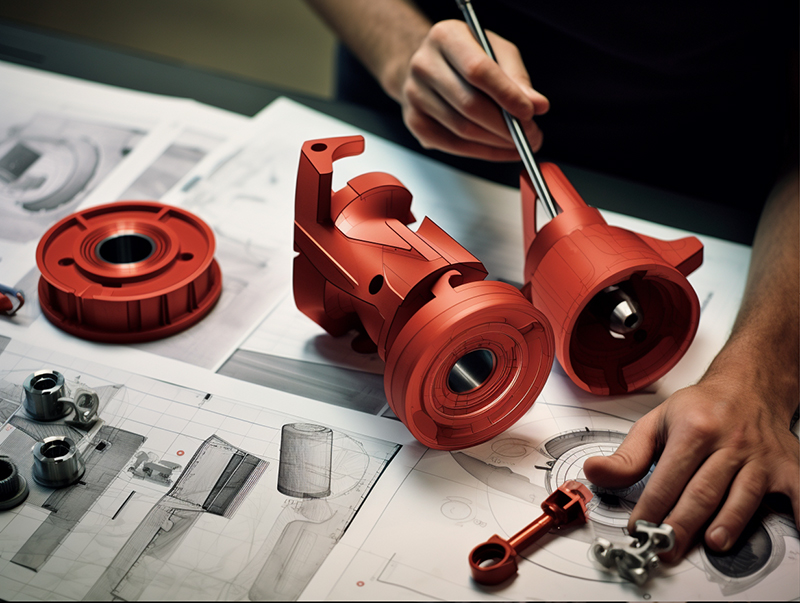

Ergonomics, the study of designing products and environments to suit the human body's capabilities and limitations, plays a pivotal role in industrial design. Incorporating ergonomic principles not only enhances user experience but also contributes to product efficiency and safety. In this article, we delve into how to leverage ergonomic considerations to optimize industrial design, ensuring both functionality and aesthetics are seamlessly integrated.

Ergonomics in industrial design entails understanding the physical and cognitive abilities of users. Factors such as anthropometry, biomechanics, and cognitive psychology are crucial in this regard. Anthropometric data provides insights into variations in body sizes and shapes, guiding the design of products that accommodate diverse user populations. Biomechanical analysis helps determine how users interact with products, informing design decisions to minimize physical strain and optimize efficiency. Cognitive psychology principles aid in creating interfaces that are intuitive and easy to use, enhancing user satisfaction.
The integration of ergonomic principles begins with the conceptualization phase and extends throughout the design process. Collaborating with ergonomic specialists ensures that design considerations align with user needs and preferences. Iterative prototyping and user testing allow for feedback incorporation, refining the design for optimal ergonomic performance. Attention to details such as grip surfaces, control placement, and visual clarity enhances usability and comfort. Additionally, considering environmental factors such as lighting and noise levels further enhances user experience and safety.
One industry where ergonomic design is paramount is automotive design. Car interiors are meticulously crafted to provide comfort and convenience to drivers and passengers. From adjustable seats and steering wheels to intuitive dashboard layouts, every aspect is engineered with ergonomics in mind. Anthropometric data guides the design of seating arrangements to accommodate individuals of varying heights and body types. Control placement is optimized for easy reach and operation, reducing driver distraction and fatigue. Moreover, advanced technologies such as voice recognition systems enhance hands-free interaction, further improving safety and usability.
Incorporating ergonomic principles in industrial design is essential for creating products that prioritize user comfort, safety, and satisfaction. By understanding the intricacies of human capabilities and limitations, designers can craft products that seamlessly integrate functionality and aesthetics. Whether it's optimizing workplace tools or enhancing consumer electronics, ergonomics serves as a cornerstone for innovative and user-centric design solutions. Embracing ergonomic principles not only enhances product performance but also fosters a positive user experience, driving long-term success in today's competitive market landscape.
--------------------------------------------------------------------------------以上行业经验是由深圳捷百瑞科技有限公司资深工业ID设计师分享,这是一家专注于整合设计的机构,涵盖产品策略与研究、工业创新设计、结构设计、工艺设计、品牌设计、用户体验设计、生产供应整合等业务,旨在为不同行业的客户提供多样化的设计解决方案。(文章来自https://www.jbairui.net ) 欢迎咨询!